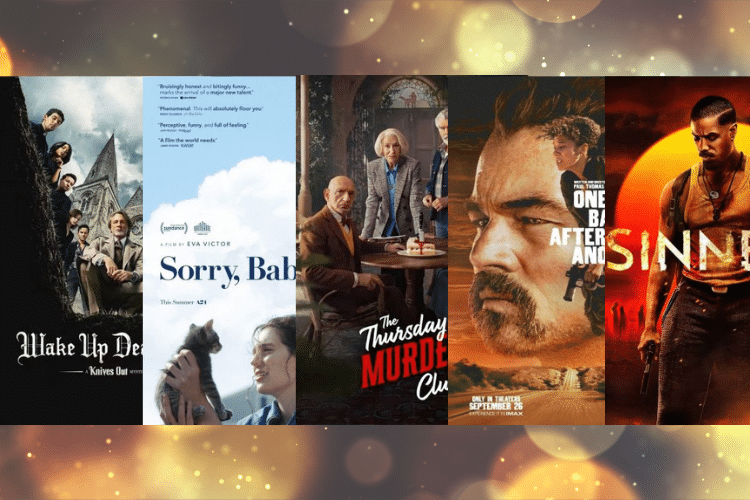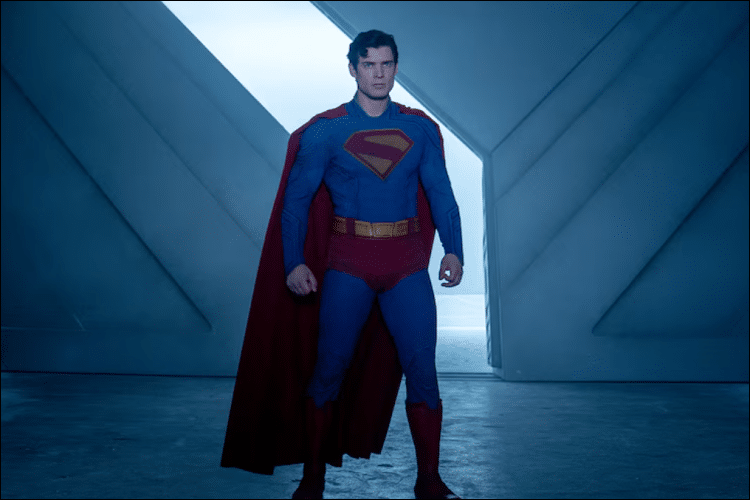Every Breath You Take…
Main Cast: Drew Barrymore, James Woods
Director: Lewis Teague
When I saw CAT’S EYE in the theater in 1985, it was the first time I went into a Stephen King movie with no idea what it was about. My aunt had all the books and I would read the back covers (never the actual books – I was much too lazy for that), so I always had a general impression of what I was getting into. But with CAT’S EYE, all I knew was Stephen King. That was enough.
CAT’S EYE is another anthology movie from King, much like CREEPSHOW, adapting two of his NIGHT SHIFT short stories (Quitters, Inc. and The Ledge) and ending with an original, The General. The three short films are connected by the most tenuous of threads, a stray cat wandering the streets in search of a phantom girl–played by Drew Barrymore–who keeps appearing, asking for his help.
In the first story, James Woods plays Dick Morrison, a heavy smoker whose friend has brought him to Quitters, Inc., which his friend assures him will help him stop smoking. Morrison isn’t sold on the idea, but Donatti (Alan King), the man who runs the company, tells him the choice is no longer his. He shows Morrison a little room off his–Donatti’s–office where there’s a cat that was picked up earlier that day by Donatti’s henchman Junk. Music plays and the cat is suddenly leaping across the room trying to escape the electric shock surging through the metal floor.
Our people are watching you, Donatti tells Morrison, and the first time you smoke, your wife gets the room. Second time, it’s your daughter. Third time, we send someone over to rape your wife.
What happens if I slip up a fourth time, Morrison asks.
After four, Donatti says, flashing the gun strapped to his side, we give up.
I always loved this story, cheesy as it was. It’s the performance that made me a James Woods fan (later to be solidified when I saw VIDEODROME) and made me realize, as the son of a mother I was constantly trying to get to stop smoking, sometimes the ends really do justify the means.
During a particularly tense confrontation in Donatti’s office, the cat escapes and makes its way from New York to Atlantic City where it’s picked up by Mr. Cressner, a big time hood played by Kenneth McMillan, a role he seemed to have way too much fun with.
It seems Cressner’s wife is about to skip town with her former tennis coach, Johnny Norris, played by a serious for once Robert Hayes. While I’m a huge Ted Striker fan, this is my favorite Robert Hayes character. In a very limited amount of time, he brings life to a character who, on the page, seemed to have very little personality.
Another thing I love about this segment is that, even at that young age (I was 13), The Ledge was subconsciously informing the writer I would become, teaching me a very valuable lesson I wouldn’t come to see until many years later.
Every story, even the most simple (man is forced the skirt the top of a skyscraper, all the way around the building, or be framed for drugs and go to prison) can be made into a real event. While that may be the big picture that gives birth to the story, it’s the details, the things that happen within that story, that bring it to life. In such a short time (the entire movie is only 94 minutes), Norris faces at least four serious, life-threatening challenges, and not a one of them is so simple as “he almost loses his balance.” Even at that young age, I understood how important that was, that so much could happen just around the ledge of a building.
Again, there’s a scuffle toward the end and the cat slips away and by the time we catch up with it, it’s made its way to Wilmington, NC where it is brought into the home and 8-year-old Amanda (played by Drew Barrymore who does triple duty here, playing the phantom girl urging the cat to find her, playing James Woods’s daughter in Quitters, Inc. and now playing Amanda, daughter to James Naughton and Candy Clark).
Mother begrudgingly allows the cat to stay, but it’s not sleeping in the house at night, despite Amanda’s many pleas. She’s having bad dreams about a monster in her wall that comes out at night, but General–that’s what Amanda has named the cat–keeps those bad dreams away.
But Mother refuses and when it appears the cat has killed Amanda’s pet bird, she boxes it up and sends it to the animal shelter. Too bad, because General isn’t the one who killed Amanda’s bird. But something sure tore it to pieces. Guess who’s next.
I’m not sure CAT’S EYE has ever been considered a “great” movie, but it’s a lot of fun nonetheless. The troll effects aside–which they actually splurged on and shot with a life-sized actor in a costume on a gigantically oversized set for realism–every other special effect in this movie just looks terrible. The rear projection effects, especially, make this movie feel ancient and cheap. In defense of the movie, it WAS 1985. But that justification doesn’t help make the scenes any less laughable years later.
Lewis Teague, who also directed King’s CUJO, takes the helm and he does his usual manageable job. The horror here stems completely from the situations and never even for an instant from anything Teague does. Even the shots that are supposed to be suspenseful come across as light-hearted and, at least once or twice, are laughable. Sure, he gets the material, and is able to film it, but it seems as if he never truly understands this is supposed to be a horror movie. We need some atmosphere, we need mood.
I think King’s script–at least for the first two stories–is very good. He gives the characters believable dialogue, which the actors deliver very naturally, engaging me and keeping me interested in their goings-on.
The last part, however, feels too contrived. It all rings a little too false for me and doesn’t evolve naturally. Not to mention the last story adds a supernatural element to the movie that doesn’t need to be there.
If King wanted to adapt NIGHT SHIFT stories for the screen, there are several other options in that collection that could easily have been made to tie into the theme with the cat but would have been able to maintain that feeling of real horror throughout, which, I think, would have made the entire thing a lot stronger.
CAT’S EYE isn’t a great movie, no question. But flaws and all, it’s still a fun one, and it’s one you can easily watch over and over. I’m not sure it did a whole lot to improve the public opinion of Stephen King movies which, let’s be honest, aren’t always the best.
But I do think it does one very important thing, and that is tell two pretty well-written and powerful stories, then it gives the audience some eye candy at the end with the awesome troll effects.
It’s not CARRIE or THE SHINING, this isn’t a movie that would have put King on the map had it been his first film adaptation, but I think after THE DEAD ZONE and CHRISTINE, it shows another side of his horror personality, a lighter side. If you can get past the utter 1980s-ness of it, CAT’S EYE isn’t too terrible.
King on Film
Word Processor of the Gods (1984)
The Shawshank Redemption (1994)
Children of the Corn III: Urban Harvest (1995)
Sometimes They Comes Back … Again (1996)
Children of the Corn IV: The Gathering (1996)
The Revelations of ‘Becka Paulson (1997)
Children of the Corn V: Fields of Terror (1998)

C. Dennis Moore is the author of over 60 published short stories and novellas in the speculative fiction genre. Most recent appearances are in the Dark Highlands 2, What Fears Become, Dead Bait 3 and Dark Highways anthologies. His novels are Revelations, and the Angel Hill stories, The Man in the Window, The Third Floor, and The Flip.







Leave a Reply